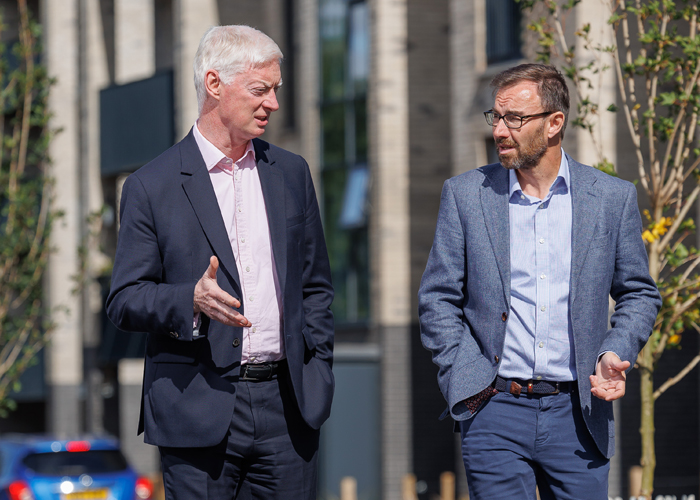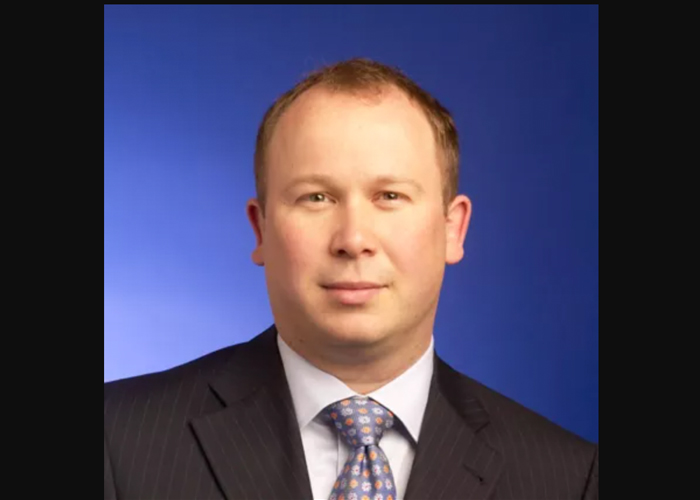The latest annual Legal Benchmarking Report from MHA Henderson Loggie in conjunction with their UK accountancy association MHA, reveals that the sector has a renewed focus on profits and margins in order to future-proof their businesses and combat succession issues.
Growth in total fee income was sporadic – only achieved by sole trader practices (12%) and 5-10 partner firms (9%). Mid-tier practices of 11-25 partners witnessed minor growth at 0.1%, while larger firms of 25+ partners and smaller 2-4 partner practices saw income falls of 3% and 2% respectively.
Changes in fee income per fee earner levels mirrored these findings; for sole trader practices and 5-10 partner firms it grew by 10% and 0.6% respectively, mid-tier firms saw a drop of 1% and 2-4 partner firms and larger practices witnessed falls of 12%.
While the average income for a fee earner was not dissimilar to last year, the income range is now wider – £121k to £170k, as opposed to £136k to £169k. Although respondents are split on whether to follow a growth or consolidation strategy, it is clear there’s a renewed focus on profitability.
The PEP for every firm category increased in excess of £15,000 per partner, except 11-25 partner firms where there was a 3% fall, evidencing a significant improvement on the previous year where profits were impacted by a hard market and increased wage demands. The report concedes it still remains ‘tough’ for smaller practices, confirming that PEP for sole practitioner firms now exceeds the PEP for 2-4 partner firms.
All practice sizes, bar 25+, rallied when it came to their total net profit percentages. Sole traders experienced the biggest leap – from 12% in 2017 to 23% in 2018; 2-4 and 11-25 partner firms managed a sluggish 1% growth on the previous year (16% and 25% respectively), 5-10 partner firms reported a 2% growth to 18%, while 25+ practices suffered a 1% drop to 24%.
Total funding per equity partner continued a downward trend; in 2018 it ranged from £25,000 for the smallest firms to £139,000 for larger firms with 25+ partners, a marked difference from the £42,000-£228,000 parameters reported in 2017.
The actual capital invested during the year varied depending on the size of the firm, however larger firms and practices with 5-10 partners saw increased levels of capital invested by their equity partners, suggesting a certain ‘shoring up’ of the business.
Lock up remains static for the majority of practices, at around 120 days, or they’ve achieved a reduction, apart from 2-4 partner firms who still struggle to gain control. Their average lock up figure is now at 130 days, almost 50% higher than five years ago. The smallest practices report a significant lock up improvement of 11 days.
Across the board, employment costs and practice expenses remain consistent with previous years; only the larger practices have seen a significant increase in expenditure compared to income. The parameters for IT spend however, have grown from 1.6% – 2.2% in 2017 to 1% – 3.3% in 2018 – signalling an appetite to maintain secure and robust systems.
David Smith, Managing Partner at MHA Henderson Loggie, said:
“In the face of challenging market conditions and increased competition, the Scottish legal practices that are doing well are those that have identified their sustainable competitive advantage, have a clear vision and staff aligned with that vision. Our report reveals firms are increasingly focused on profitability and driving efficiencies through better process mapping, but need to avoid the risk of becoming too lean to grow. For the last number of years firms have been focused on maintaining or improving profitability by reducing head count, implementing disruptive technology, outsourcing, simplifying business models. As opportunities present themselves in 2019 it may be many firms find it very challenging to take on board too much growth too quickly as the systems, people and structures are not ready to scale up.
“The report also puts the spotlight on the need to invest in the next generation of business leaders to ensure financial stability in the longer term. Promoting staff in order to retain them is not in itself enough to ensure survival, there needs to be a commitment to build leadership skills to complement their technical know-how in order to develop the practice. It is advisable to keep recruitment strategies under review to keep long term succession plans in mind.
“Less paper and more flexible working patterns should be in every businesses DNA; successful businesses automate and gain efficiencies from maximising the use of technology and the latest software. They also sell the value of what they’re providing rather than base their fee on what it costs, avoiding an undersell situation, and pay attention to their lock up position.”











